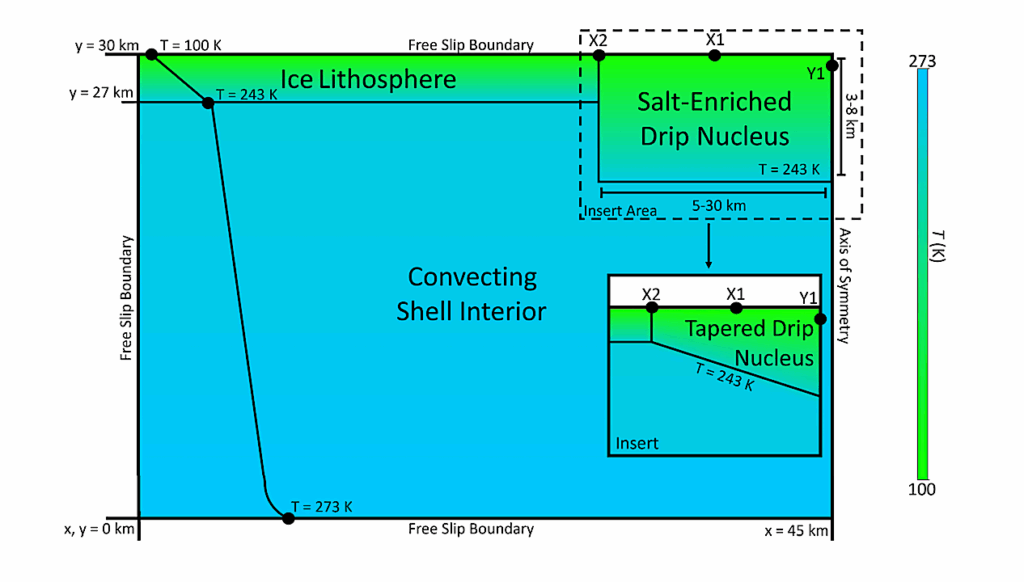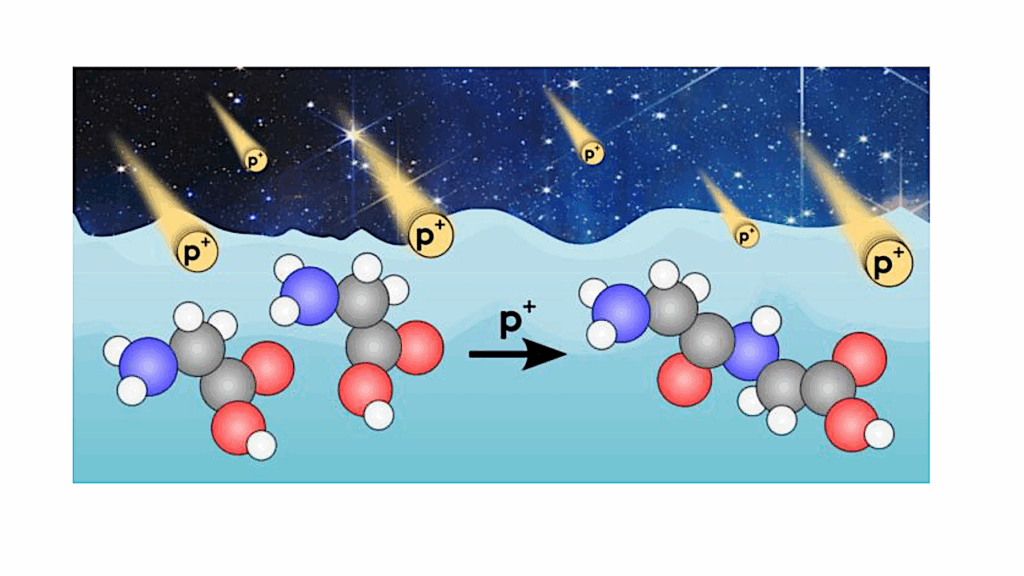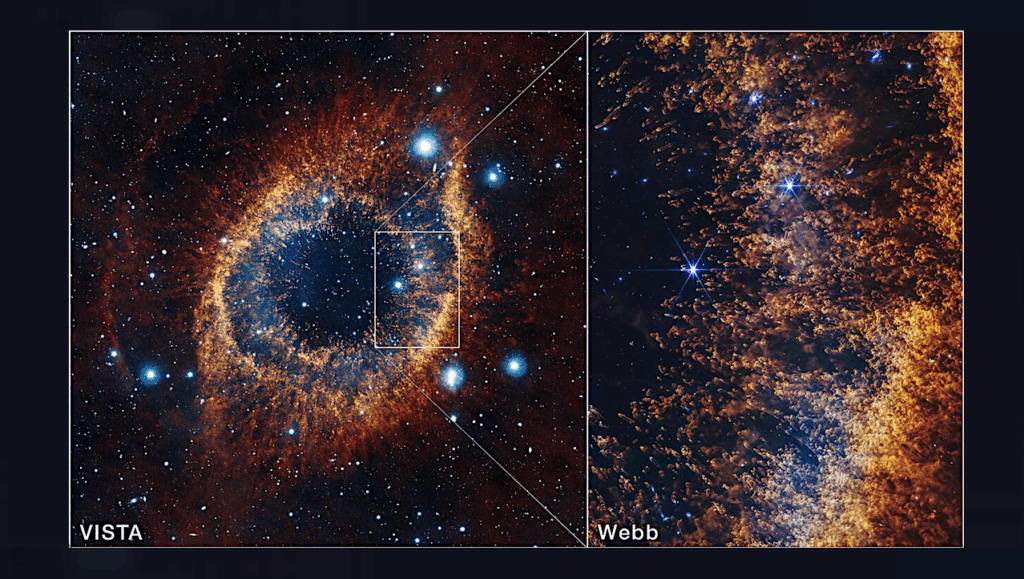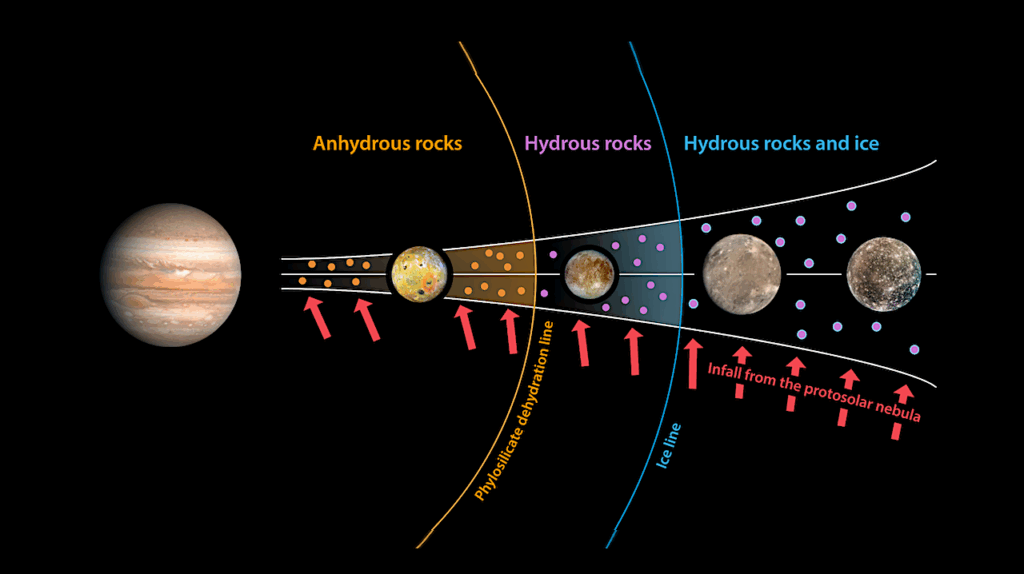Mid-Infrared Spectroscopy of Components in Chondrites: Search for Processed Materials in Young Solar Systems and Comets

We obtained mid-infrared spectra of chondrules, matrix, CAIs and bulk material from primitive type 1-4 chondrites in order to compare them with the dust material in young, forming solar systems and around comets.
Our aim is to investigate whether there are similarities between the first processed materials in our early Solar System and protoplanetary disks currently forming around other stars. Chondrule spectra can be divided into two groups. 1) Chondrules dominated by olivine features at 11.3 micron and 10.0 micron. 2) mesostasis rich chondrules that show main features at 10 micron. Bulk ordinary chondrites show similar features to both groups.
Fine-grained matrix is divided into three groups. 1) phyllosilicate-rich with a main band at 10 micron, 2) olivine-rich with bands at 11.3 micron and 10 micron, 3) pyroxene rich. Impact shock processed matrix from Murchison (CM2) shows features from phyllosilicate-rich, amorphous and olivine rich material.
Astronomical spectra are divided into four groups based on their spectral characteristics, amorphous (group 1), pyroxene rich (group 2), olivine rich (group 3) and complex (group 4). Group 2 is similar to enstatite-rich fine grained material like e.g. Kakangari (K3) matrix. Group 3 and 4 can be explained by a combination of varying concentrations of olivine and mesostasis rich chondrules and fine grained matrix, but also show very good agreement with shock processed material.
Comparison of band ratios confirms the similarity with chondritic material e.g. for HD100546, while the inner disk of HD142527 show no sign of chondrule material. Comparison between spectra indicate a general similarity between primitive solar system materials and circumstellar dust and comets.
A. Morlok, C.M. Lisse, A.B. Mason, E.S. Bullock, M.M. Grady
Subjects: Earth and Planetary Astrophysics (astro-ph.EP); Instrumentation and Methods for Astrophysics (astro-ph.IM)
Cite as: arXiv:2212.14835 [astro-ph.EP] (or arXiv:2212.14835v1 [astro-ph.EP] for this version)
Journal reference: Icarus 2014, Volume 231, p. 338-355
Related DOI:
https://doi.org/10.1016/j.icarus.2013.12.018
Focus to learn more
Submission history
From: Andreas Morlok
[v1] Fri, 30 Dec 2022 17:30:20 UTC (21,032 KB)
https://arxiv.org/abs/2212.14835
Astrobiology, Astrochemistry,








